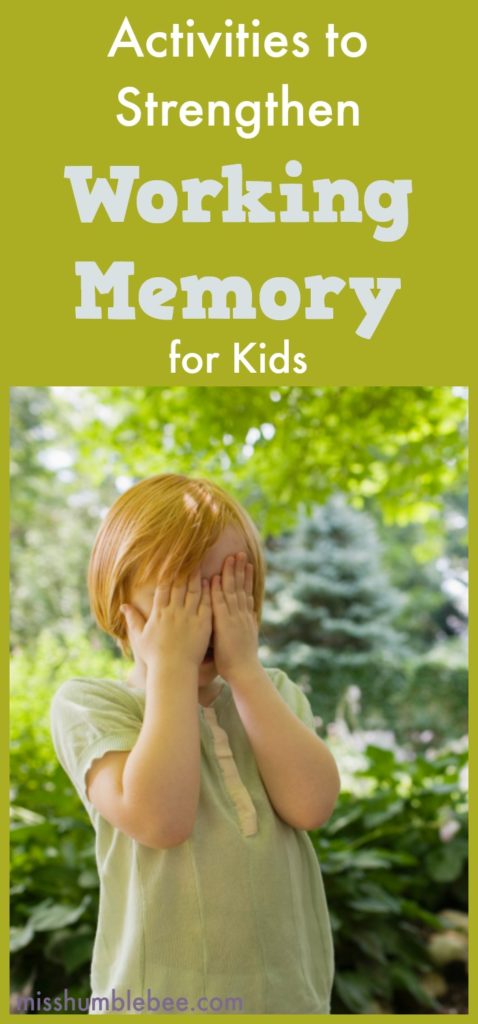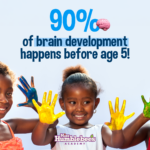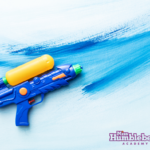Below: What working memory is, why it’s important, and how you can improve it to help your child get ready for kindergarten.
How do you define kindergarten readiness?
While teachers would love children to come into school with some letter and number recognition, they don’t want you to drill your kids on academic skills. And while social and self-help skills are also important, those will continue to develop with time and practice.
What teachers would really love for students to enter kindergarten with are Executive Functioning skills. These skills are equally, if not more, important than a child’s academic knowledge, and they set the stage for all of your child’s learning.

What is Executive Functioning? The definition set forth by LD Online states that it is the “set of processes that all have to do with managing oneself and one’s resources in order to achieve a goal. It is an umbrella term for the neurologically-based skills involving mental control and self-regulation.”
One of the skills that falls under that umbrella is working memory. Working memory is part of short-term memory and involves using relevant information while performing a task. Think of working memory as a mental Post-It note. Children with weak working memory will often have trouble completing tasks because they are unable to recall all the pertinent information: Their Post-It note gets full before they’ve ‘written down’ everything they need to remember.
The good news is that working memory can be improved through simple games and day-to-day activities.
Below are several activities you can do with your children to help them develop their working memory.
Seek and Find:
In Magazines- Grab a newspaper or magazine and give your child 30 seconds to circle all the letter A’s or all the instances of a particular word. This kind of quick visual scanning is linked to working memory.
In the Car- Have your kids say aloud the kinds of cars they see or the color of the cars. Then have them recall the names or colors in reverse order. Remembering something in backward sequence is a key feature of working memory.
What is missing:
Shows a series of objects in front of the child then cover them up and see if the child can recall the missing object.
Have the child tell you in order, from left to right what they saw. More challenging, have them tell you the objects in reverse.
High-Intensity Exercise:
Running, biking, or other high-intensity exercise may improve working memory. In a study of female young adults, working memory increased following recovery from intensive treadmill running. By increasing blood flow, this type of exercise may allow you to use working memory better.
Healthy Eating:
Certain nutrients can help your child’s brain work better, too. According to Tracy Alloway, Omega-3 fatty acids can make a big difference to working memory. It keeps pathways between nerves more flexible, which allows information to pass more quickly. DHEA-enriched eggs or fish with Omega-3 are two excellent choices. Studies have also shown that a cup of blueberries every day for five weeks can improve working memory.
So the next time you’re thinking about what you can do to get your child kindergarten-ready, consider putting away the flashcards and working on working memory instead!










